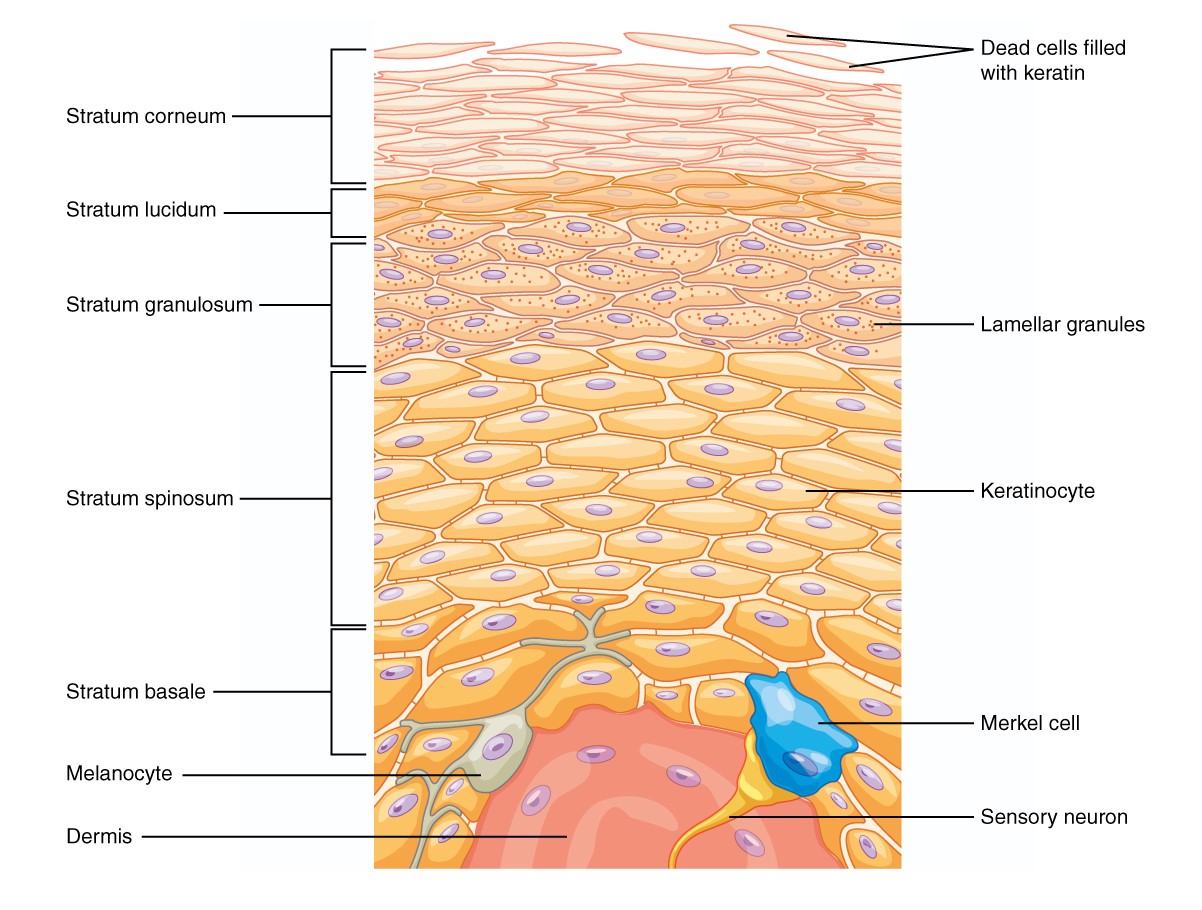Playlist
Show Playlist
Hide Playlist
Lichen Simplex Chronicus (LSC)
-
Slides Dermatology Inflammatory Skin Diseases.pdf
-
Reference List Pathology.pdf
-
Download Lecture Overview
00:01 Our topic now brings us to lichen simplex chronicus. 00:05 Allow the name to speak to you. 00:07 I’ve mentioned a few times the term lichen or lichenification. 00:12 The last time I talked about this is -- remember that patient who may have an eczema or eczematous type of a lesion, let’s say a child around the, let’s say cheek or face or whatever it may be, maybe around the extensors. 00:25 Itch, itch, itch, Itch, itch, itch, huh? And at some point when there’s enough itching, what’s going to happen? You’ll have dryness that’s taking place, and we call that lichenification. 00:35 You have lichen, and then chronicus, what does that mean? Chronic. 00:39 So, over a long period of time, you have a patient, take a look at my etiology, neurodermatitis, what does that mean? Meaning to say that I feel like I need to itch, so it’s this self-itch type of perpetuating cycle. 00:53 So, what do you want to do? You might want to educate your patient to stop the itch psychologically. 00:59 To be conservative in terms of management. 01:02 It’s perpetuated by this itch-scratch cycle as I mentioned. 01:06 Lichen means excessive pruritic type of itchiness, which then results in dryness called lichenification, over a long period of time, chronicus. 01:20 Morphology: Plaques of thickened skin due to all this itching. 01:24 If you take a look at the picture here, you’ll notice that it is hardened, a plaque and it looks dry. 01:31 Due to constant manipulation, in other words, the itching, and only occurs in those areas that are reachable, and that’s important. 01:37 So therefore, if you’re reaching for that flexor/extensor area and you itch, itch, itch, you may result in this particular condition. 01:45 Management: potent topical steroids, and then you need to be able to educate your patient because even with that though, if you have not interrupted the itch-scratch cycle, then for the most part, management becomes quite difficult The differentials. 01:58 Quickly here, contact dermatitis. 02:01 Let’s say that you got exposed to poison ivy, that I’ve showed you picture for. 02:05 Usually revealed by history. 02:07 Contact dermatitis may complicate or perpetuate lichen simplex chronicus, and that’s a good point. 02:13 In fact, remember, anything that causes initial pruritic changes, any type of dermatitis, if you’re able to scratch enough, then it’s going to perpetuate into lichen simplex chronicus. 02:27 Is that clear? What about psoriasis? Remember, it may result in a plaque-like formation in this condition. 02:33 In psoriasis, it is going to be salmon-colored silver. 02:37 The genetics will give you more of an issue with psoriasis, you’ll see. 02:41 Now, with psoriasis, the histopathology is going to become important. 02:46 And here, I’ll mention it now, and I’ll keep repeating it, demonstrates neutrophilic microabscesses within and, and with the epidermis, it is the loss of the granular layer. 02:59 In other words, you’ve heard of the corneum, granulosum, so on and so forth. 03:04 Here, you’ll be paying attention to that granular layer, which is absent in psoriasis. 03:10 Histopathology becomes important. 03:12 And tinea, well, what do you know about tinea? Well, it’s a fungal infection superficially. 03:17 And think about all of the common reasons as to why you could have fungal infection underneath the nail, unguium. 03:23 In the groin area, we will call that cruris or jock itch. 03:26 Athlete’s foot, you’ve heard it before, that’s tinea pedis. 03:29 So, that type of history is going to tell you that the patient is suffering from a fungal infection.
About the Lecture
The lecture Lichen Simplex Chronicus (LSC) by Carlo Raj, MD is from the course Inflammatory Skin Diseases.
Included Quiz Questions
What condition has the histopathologic findings of parakeratosis without hyperkeratosis, acanthosis with downward elongation of rete ridges, and neutrophilic microabscesses?
- Psoriasis
- Contact dermatitis
- Atopic dermatitis
- Lichen simplex chronicus
- Tinea corporis
What does lichenification mean as seen in lichen simplex chronicus due to chronic itching and scratching?
- Skin becomes thickened and dry.
- Skin becomes thinned with capillaries visible.
- Skin becomes scaly and yellow.
- Papules and vesicles are seen.
- Flaking and thinning are seen.
Customer reviews
5,0 of 5 stars
| 5 Stars |
|
5 |
| 4 Stars |
|
0 |
| 3 Stars |
|
0 |
| 2 Stars |
|
0 |
| 1 Star |
|
0 |





